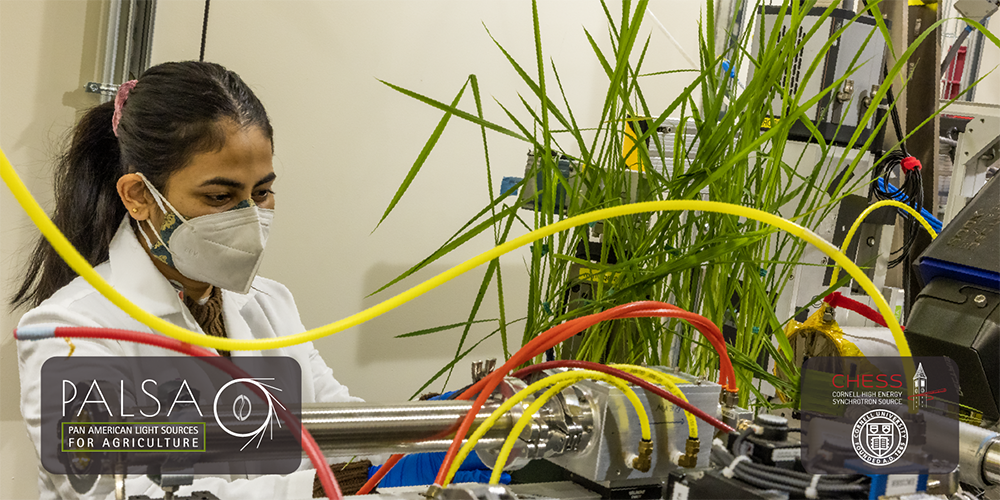Speaker
Description
At the nanoscale, materials acquire unique physico-chemical properties that can be manipulated for tailored purposes and as such, there has been an important increase in nanoparticles (NPs) used in a range of sectors, including agriculture. Nano-enabled agriculture is at the early stages of development but we strongly believe it is a road that may lead directly to sustainable global food security. Our group has been studying, for some time, the effects of metal NPs (nano-CeO2, nano-TiO2, nano-ZnO, and nano-CuO) on terrestrial plants, specifically, crop plants. Different plant species have been exposed to NPs at varying concentrations. Synchrotron-based techniques including X-ray absorption near edge structure (XANES), and micro-X-ray fluorescence (µ-XRF), have been used to study the mechanisms of transformation of NPs in some major crops. By using XANES we demonstrated, for the first time, that nano-CeO2 were taken up and stored, with little or no transformation, in roots of soybean (Glycine max), while no presence of nano-ZnO was detected in seedlings’ roots. Tissue analysis with µ-XRF, combined with micro XNANES (µ-XANES) showed that cucumber (Cucumis sativus) plants absorb nano-TiO2 through the roots and translocate them into the fruit. µ-XANES analyses have also shown differences in the biotransformation of weathered and unweathered nano-CuO in lettuce (Lactuca sativa). While weathered particles were almost completely transformed from CuO to Cu (I)-sulfur and oxide complexes, roots exposed to unweathered particles showed Cu as CuO. These studies have shown different levels of biotransformation of metal oxide NPs in plants. In addition, we have found that some of them including nano-TiO2 and nano-CeO2 can be stored in fruits and seeds, while others, like nano-ZnO, have been observed only in roots.
In summary, our results show that the mechanisms of transformation of metal NPs are different and depend on several factors. It is true that broadly speaking the small size and high surface-area-to-volume ratio in NPs can be extremely beneficial. However, using this justification without properly understanding the mechanisms of interaction between NPs and crops, hence leading to the tailored design of new nanoagrochemicals, may in the long run undermine the potential of nanotechnology in agriculture, as has perhaps already happened in other fields.

